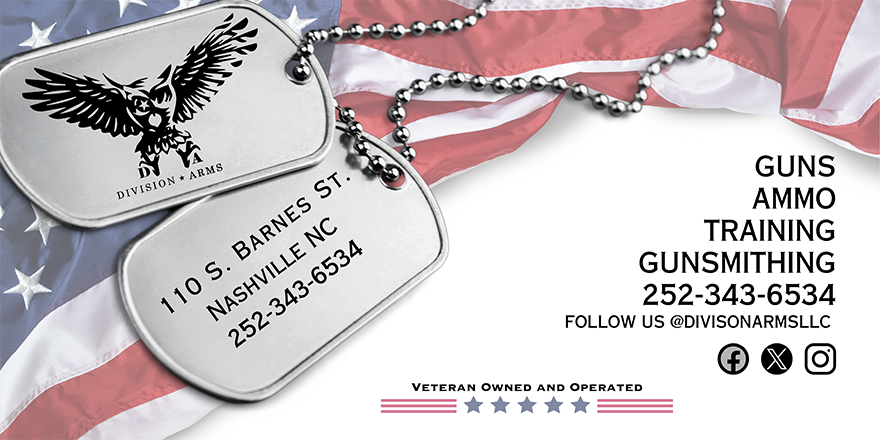I'm relatively new to firearms. Been shooting other people's guns for years, but just recently I was able to free up funds to start buying my own. You can see through my profile that it's been about 3 years. One thing has bothered me about the industry in general, handguns in particular.
I read a lot of reviews of handguns that I either want to buy or just lust after. It seems like the more expensive they are, the more reports of FTF (or whatever the latter "F" may be, let's just call it function for now) when they're new. These reports are often followed by reviewers that say: "Well there are some bad reviews, but you gotta break these things in"
I get that a tight action is good. But if I have to put 1000 through it to make it better, that's a decent chunk of change depending on caliber. I'm already paying a premium for the engraving and now I'm paying a little more to make it work.
I buy affordable firearms that have good reviews. My most expensive to date is a Canik TP9 SF back when they first came out for $479. That pistol has never missed a beat. There was no break in, the trigger is fantastic, and it's way more accurate than I am.
Otherwise, I'm buying used S&W or new Rugers. The Rugers are flawless too, I might ad.
Anyway, am I the only person who expects a $500+ firearm to just work out of the box? I'm an auto technician by trade and if I bought a ridiculously expensive tool from Snap-on, that SOB better work the first time and every time after. Apparently it's different with these tools.
I read a lot of reviews of handguns that I either want to buy or just lust after. It seems like the more expensive they are, the more reports of FTF (or whatever the latter "F" may be, let's just call it function for now) when they're new. These reports are often followed by reviewers that say: "Well there are some bad reviews, but you gotta break these things in"
I get that a tight action is good. But if I have to put 1000 through it to make it better, that's a decent chunk of change depending on caliber. I'm already paying a premium for the engraving and now I'm paying a little more to make it work.
I buy affordable firearms that have good reviews. My most expensive to date is a Canik TP9 SF back when they first came out for $479. That pistol has never missed a beat. There was no break in, the trigger is fantastic, and it's way more accurate than I am.
Otherwise, I'm buying used S&W or new Rugers. The Rugers are flawless too, I might ad.
Anyway, am I the only person who expects a $500+ firearm to just work out of the box? I'm an auto technician by trade and if I bought a ridiculously expensive tool from Snap-on, that SOB better work the first time and every time after. Apparently it's different with these tools.
Last edited:



